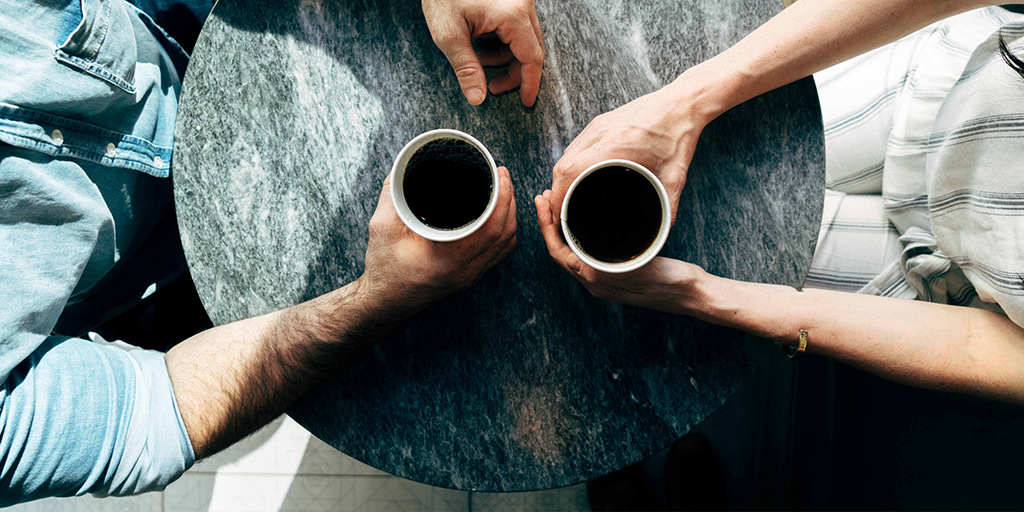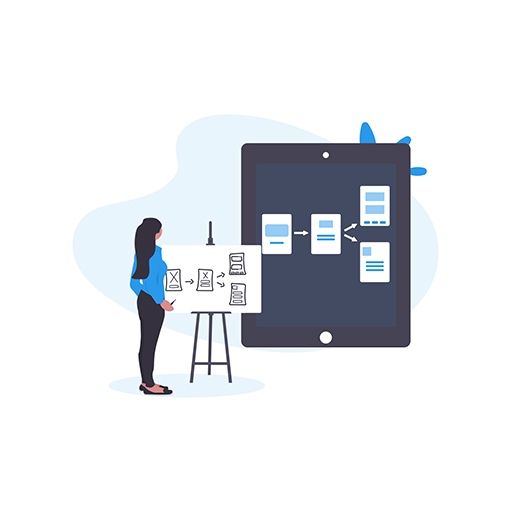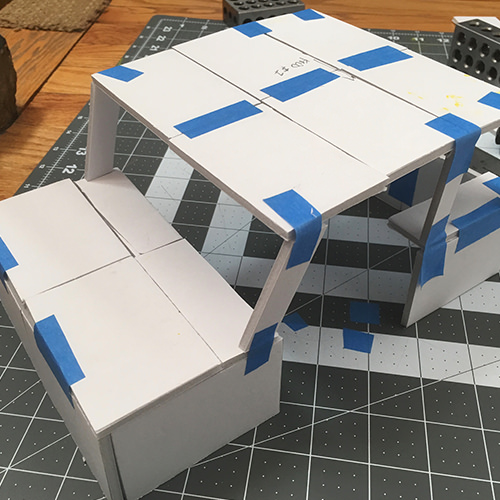☕ Cantina Coffee Chat is a series of informal conversations, discussing our most relevant and compelling blog posts, hosted by the authors themselves.
Check out past episodes:
- Episode 1: Best Practices in Remote Work
In episode two, Designers Alice Chiang and John Hurley introduce us to the world of prototyping. The conversation centers around different types of digital and physical prototypes, determining what level of fidelity is best suited for the challenge you’re trying to solve, and the best method to introduce prototyping to the design process. Captured below are the speakers’ three take-aways:
- Full-scale mock ups made with large foam core can help convey the sense of scale of a proposed space and to provide another tool to test out strategic approaches - to further help bridge the abstract into something tangible.
- Your prototype’s level of fidelity is informed by the problem you are trying to solve: A prototype that appears and functions as similar as possible to the actual product or service is considered high-fidelity. Low-fidelity prototypes, on the other hand, are a quick and easy way to translate high-level design concepts into tangible and testable artifacts.
- If you are trying to build a new application that requires a series of screens, or a flow, you might want to start with pencil and paper to rapidly iterate on concepts for that flow.
We’d also love to pass along both Alice’s and John’s recent blog posts which go into much more depth about ways Cantina uses various modes of prototyping in our work. You may also enjoy our Prototyping Guide for physical and digital products; it will help you speed the process, reduce cost, and design and build the right thing.
Here are the links to the software mentioned in the chat.
Prototyping Software
Digital Design Tool Kit
Plugins
User Testing Platform




